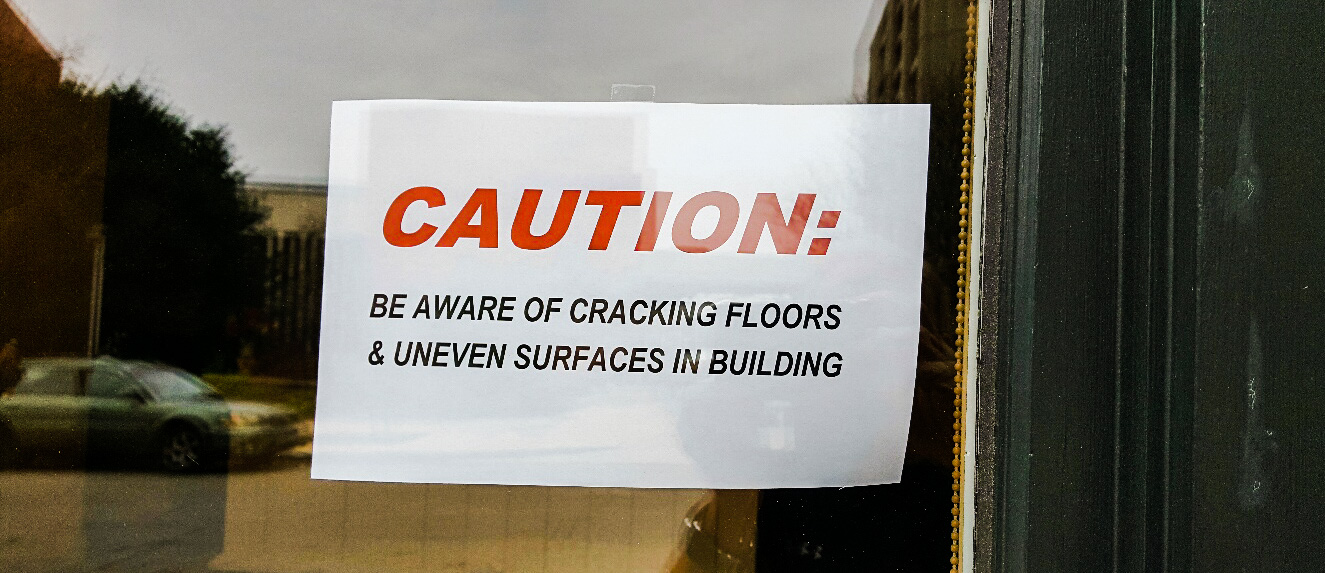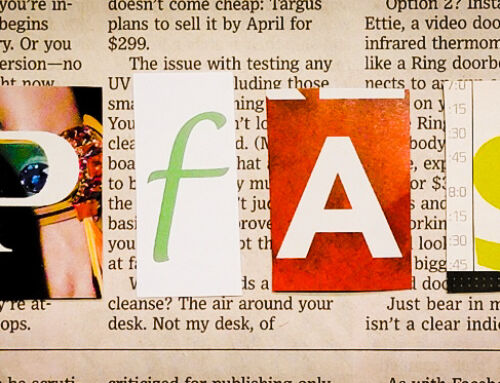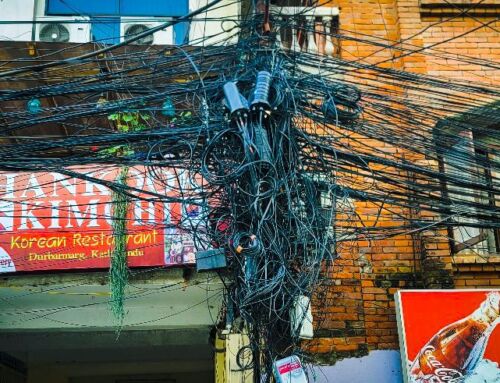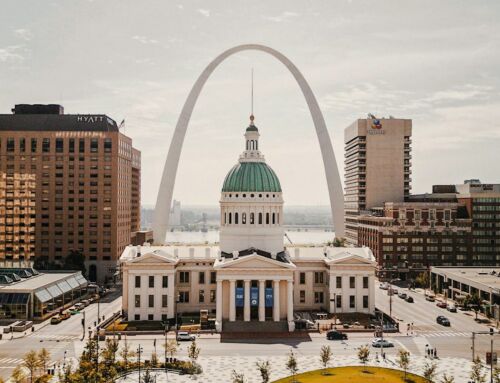View by Topic
Recent Articles
-
EPA Designates PFOA and PFOS as Hazardous Substances under Superfund LawSaturday, April 20th, 2024
-
Federal Government Finalizes New Efficiency Standards for LightbulbsSaturday, April 13th, 2024
-
2024 IECC is Final After Addressing Preemption IssuesSaturday, April 6th, 2024
-
Settlement Portends Broad Failure in Attempts to Ban Natural GasSaturday, March 30th, 2024
-
SEC Climate Disclosure Rule Stay and Venue Now in the 8th CircuitSaturday, March 23rd, 2024
View by Month/Year
“Green Building Law Update” Headlines
Recent Articles & News from
Stuart Kaplow’s blog
at GreenBuildingLawUpdate.com
- EPA Takes Action: PFOA and PFOS Now Hazardous Substances Under Superfund Law April 21, 2024
- Shedding Light on the Future: The Evolution of Lightbulbs in the Wake of New Energy Efficiency Standards April 14, 2024
- 2024 International Energy Conservation Code is Final After Addressing Preemption April 7, 2024
- Settlement Portends Broad Failure in Attempts to Ban Natural Gas March 31, 2024
Subscribe to the Green Building Law Update!
Stuart Kaplow brings his expertise and extensive experience to the table with his unique digital publication, "Green Building Law Update". Subscribers receive regular updates to keep them informed about important issues surrounding Environmental Law, Green Building & Real Estate Law, as well as the emerging demand for Environmental Social Governance (ESG).
Get fresh content through the lense of Stuart Kaplow's cutting-edge expertise, innovative commentary and insider perspective. Don't miss another issue! Subscribe below.

Lawsuit But Not Because it was Not a Green Building
With the maturation of the green building industrial complex it has become clear there is no more or additional liability associated with constructing a green building versus a similar non green structure. But, the claims that have resulted in much of the recent litigation involving green building projects are different from those in other construction disputes.
Typical is the case recently commenced over the construction of the Haywood Community College Creative Arts Building in North Carolina which was pursuing LEED New Construction v2009 certification.
The Haywood Community College’s Creative Arts Building‘s very sustainable design was featured in a 2013 issue of Solar which described the project as pursing LEED Platinum. The architect’s website still highlights the project describing it as “designed to achieve LEED Platinum.”
The project was substantially completed in 2014, late and over budget, but only days ago on October 28, 2016, a complaint was filed against the architect, general contractor, flooring contractor and insurance companies. The complaint enumerates 20 different defects over 22 pages, including describing in great detail the cracking and failure of the building’s floor that has an imbedded radiant heat system in a gypsum floor underlayment. Whether or not that multi layered floor system is the perfect base for the floor covering may be a design issue, but it is not a uniquely green issue nor innovative (.. the 1950s era house I grew up in had a similar radiant heat under terrazzo).
The 25,000 gallon rainwater cistern in the courtyard, that was designed to provide 100% of the potable water for toilet flushing and 90% of that required for the cooling tower, doesn’t function allegedly because of a software programming glitch triggered by a power surge.
The solar thermal based absorption chiller, with 152 solar thermal collectors on the south wing roof, is designed to heat and cool the building, but it is claimed the condensation, evaporation, and pressurization cycle that was to absorb the heat and cool the building in summer hasn’t functioned since 2014 because of a pump failure.
Over 90% of the storm water was to be collected via a bio-swale into a manmade wetland pond, but the complaint says the artificial wetland fails to hold water.
The lawsuit makes other (.. not particularly green building related) allegations but the academic building is occupied and is incredibly energy efficient. According to a published report the building exceeds the energy requirements of the building code by 48% when state law only mandates public buildings exceed that benchmark by 30%.
The problems with the building may involve defective designs, but the complaint reads like a usual and ordinary construction dispute based on warranting the work’s conformance to the contract documents, warranting the quality of materials, and warranting the work is free of defects.
This appears not to be a case about green building despite that the building is registered with GBCI as pursuing LEED and after years is still listed as “certification in progress.” The underlying disputes and differences are not about untested materials or new equipment, as is often the instance with sustainable construction.
It is important to make clear there are very few instances of litigation involving substantive matters of green building.
And curiously the contract did not have a consequential damage waiver so the plaintiff is seeking far more dollars than are simply required to remedy what doesn’t work and such may make any amicable resolution of the disputes and differences impossible.
As with the vast majority of claims involving a green building that this law firm reviews (.. and I see more than a claim a week), this lawsuit has little, if anything, to substantively do with the fact that the building was pursuing LEED Platinum certification. This is a garden variety owner seeking damages from an architect and construction company for a technologically advanced building that does not work as the owner contemplated.









